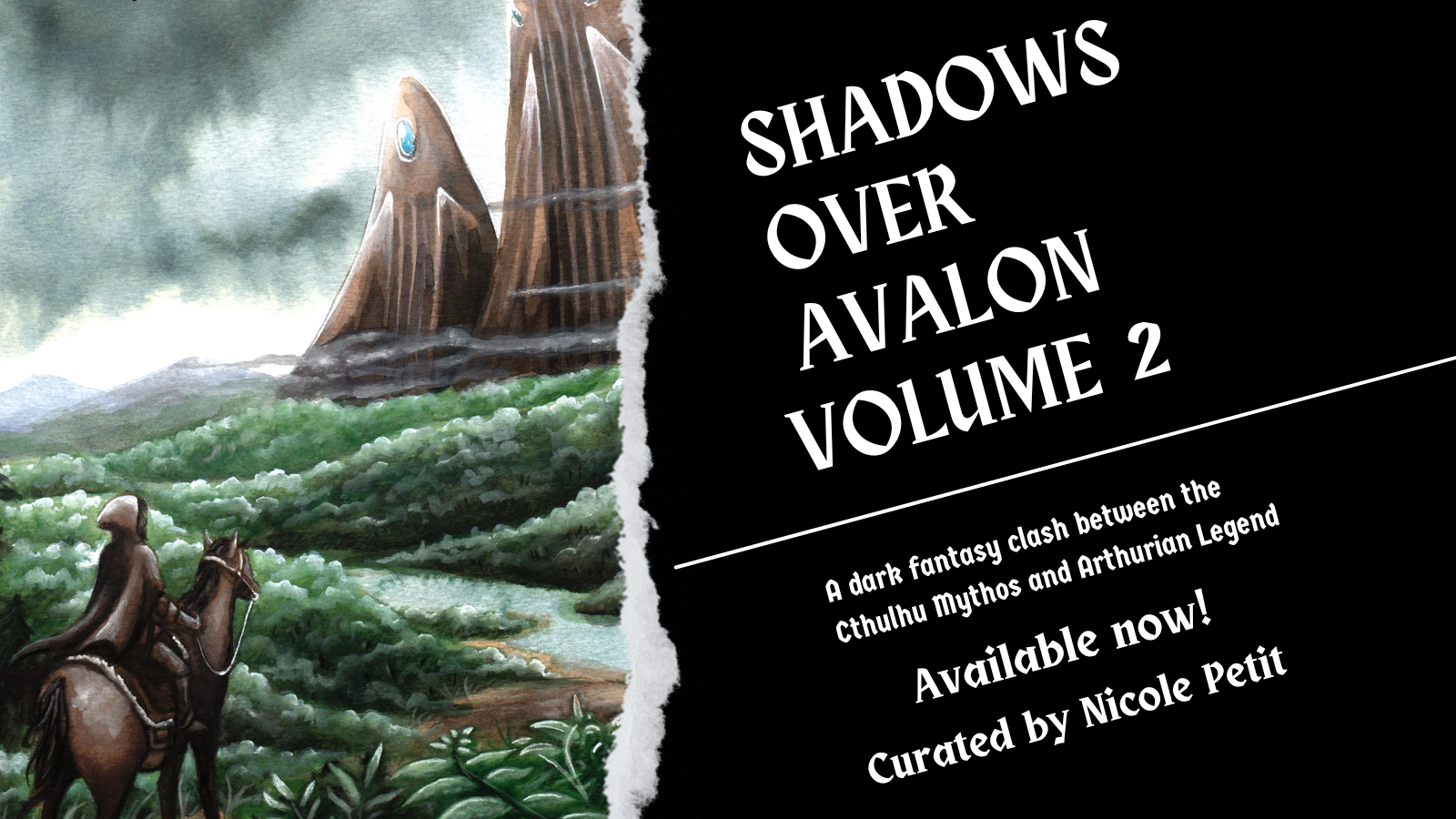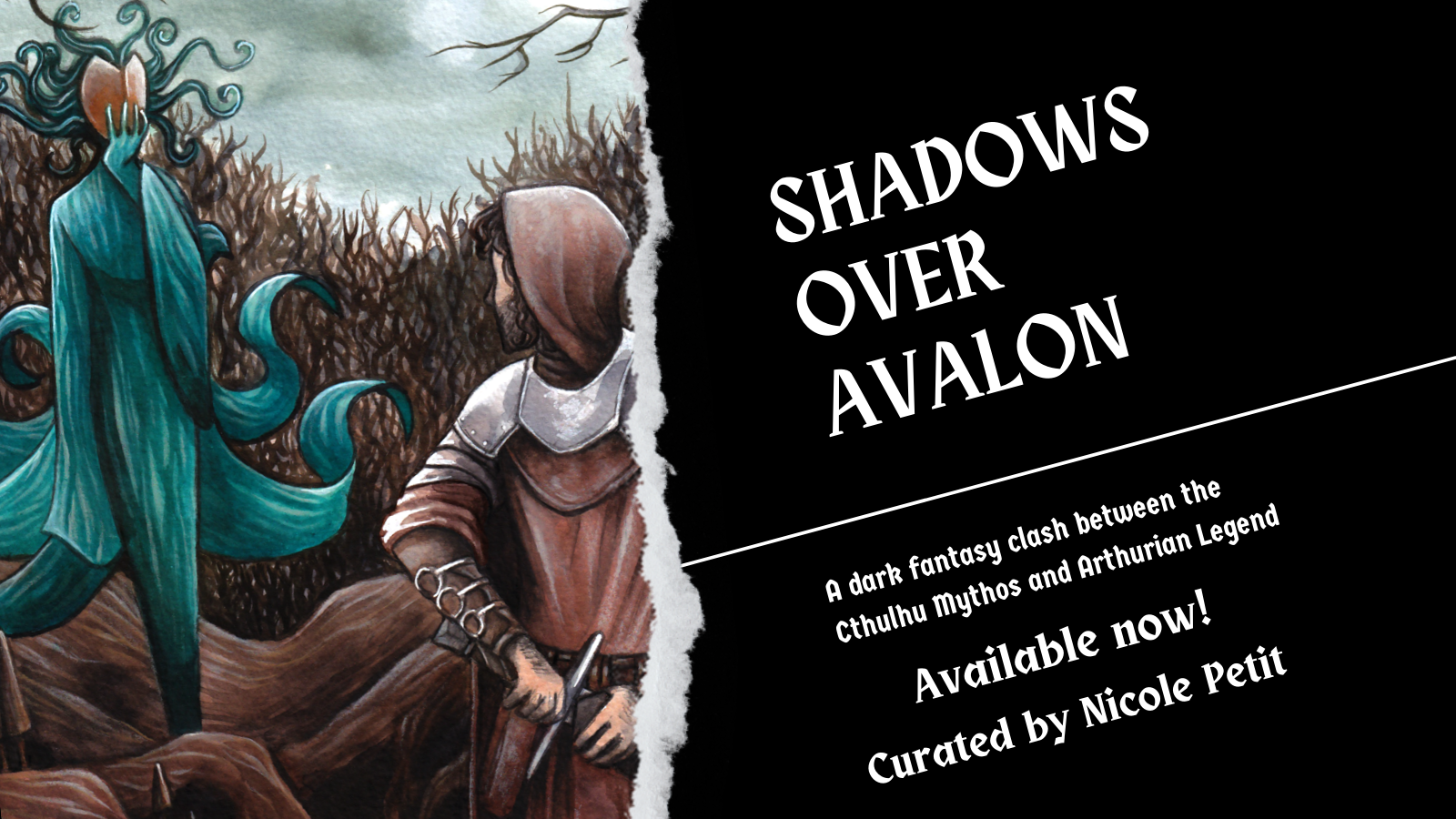
M.H. Norris
Marketing.
Once upon a time, people had people who did the marketing for them. Helped them figure out where to promote their work and how. Figured out who the target audience was and how to reach them.
These days, you are your own marketing department in the publishing business. Unless you’re someone like J.K. Rowling (happy belated birthday!), Steven King, or James Patterson that is.
There are books releasing all the time and sometimes it seems like you’re drowning in release announcements, new books, and posts about how people can help you get your book out there. I’m not saying there’s anything wrong with these people, I’m more pointing out that they’re also doing some marketing to get your attention.
Between my work with 18thWall, my day job, my own books, and previous projects, I’ve spent a little time trying to figure out what works and what doesn’t.
Here’s some things I’ve discovered…
1) A Picture Is Worth 1,000 Words

A much fancier ad. The book’s cover, an attractive background texture, and two different fonts in two colors.
Yes, I’m leading off with that cliche, but not in the way you might think. Content creators everywhere will tell you that posts with pictures will do astronomically better than their picture-less counterparts.
Think about it, what draws your eye to read something? Is it the title? Sometimes. But chances are the picture drew you to read the caption.
Make your own graphics, or if you know someone who has experience in photoshop, ask them for help. Be careful that you don’t make graphics that look like they were thrown together in Microsoft Paint because that’s going to have the opposite affect (you’ll be noticed, but not in the way you want). Spend the extra time/money to do it.

A much simpler ad. It’s only simple text and a cropped public domain photo.
A resource to check is Canva. It’s a free program that is kind of like photoshop and can help you make very basic graphics. It’s good in a pinch or on a device that might not be able to handle photoshop. Canva is also much easier to immediately understand and use.
At minimum, I suggest a cover photo for Facebook, a Twitter header, and a graphic to share with posts.
2) Do Not Underestimate The Value Of Pre-Promotion
For All The Petty Myths, I let people know with by asking for Advanced Readers to read and give reviews. Keep in mind, when you do this, you’re going to probably only get half the reviews but every review helps your book gain visibility.
For Dead West: Hallows of Decay, we did a bit more. I made special graphics and we did a date announce, a countdown, and hyped up the release date.

Letting people know in advance can help you be heard. See if you can get your friends and family to spread the word to their friends.
3) Learn To Use The Algorithm
Anyone who has to do anything with social media for their jobs will tell you that that algorithm is extremely frustrating.
When you post from your page, it only goes to a portion of the people who like your page. This happens to profiles as well (that’s how stories get featured on top stories – I tend to keep mine on Most Recent). If some of those people see it and either like or comment, then more people who have liked your page will see it.
Now, this can be counteracted by getting people to set it to be notified when you update your page but even then, I’ve noticed I don’t always get stuff or it is extremely delayed.
Twitter is similar. To have something trend, you need to not only have the most tweets on a particular subject, you need a lot of people tweeting it and new people joining in. It doesn’t want the same people tweeting over and over again.
Take what’s trending and maybe find a witty way to slide your work into an existing trend. It might show up when someone looks at the trend. I wouldn’t do it all the time because that’s annoying; do it carefully, and when it’s directly on topic. Make sure you don’t come off as tone deaf, or insulting. But if one really really fits, it’s okay to do now and then.
4) DO NOT SPAM
There are groups for open calls, for lovers of different genres. There are places where you can place your work.
But do not spam them.
These groups often have a format they want posts in. If not, give a brief description, the title, the link, and move on. The same goes for posts. Respect their space, and their rules.
Do not spam your friends and family because the message may get ignored and that’s not what you want.
5) Use The Proper Tools
I saved the most important for last.
Make sure you’re using a Facebook page, be on Twitter, and have a website. If you can, spend the money and get an actual URL. instead of .wordpress or .wix.
Take the time to set up your site with at least four pages. There’s a home page (or where your blog sites, I see people do it both ways and whichever works best for you), an About You page, a page for your work, and then your blog page if you don’t actually have it as your automatic home page.
If you use graphics, the earlier warning applies. I’d suggest if you use WordPress and don’t have experience with editing graphics, I’d suggest a template without a header image. I have experience and prefer not to use those templates.
Take the time, and spend a little money if you must to make sure it looks good. Mine changes about every six months because I’m constantly updating and tweaking it.
In this land where there’s creatives all over, you need to stand out and be heard. By having social media that looks both professional and appealing, you can do a lot to succeed.
One Last Tip
Find a mix between sounding professional yet personal. The people who are heard the best are the ones who stay down the Earth even when they hit the highest points.





Judex
My books should do better if this is something I try to keep in mind when I do marketing. Thank you for your information.